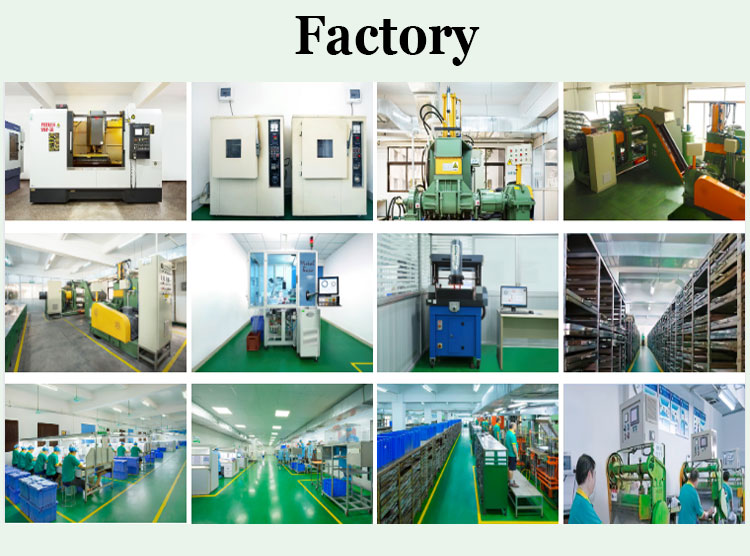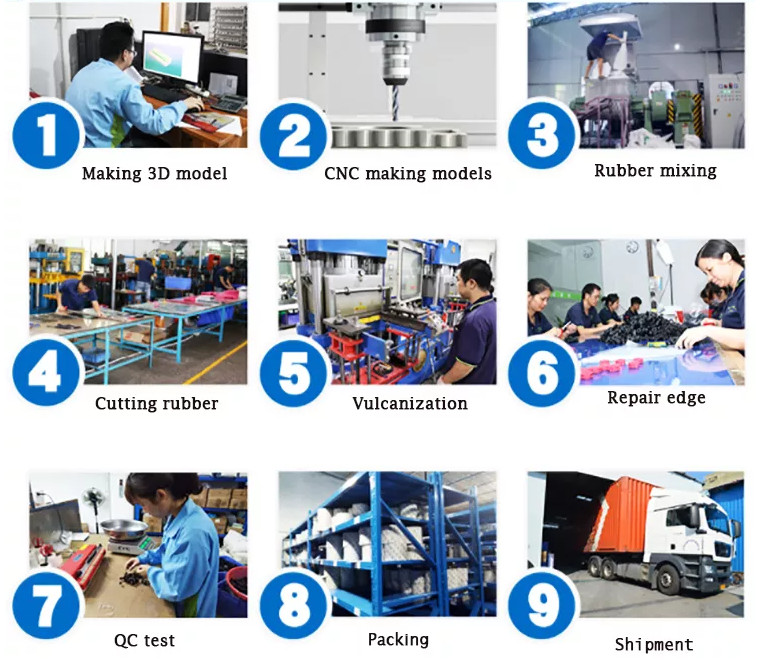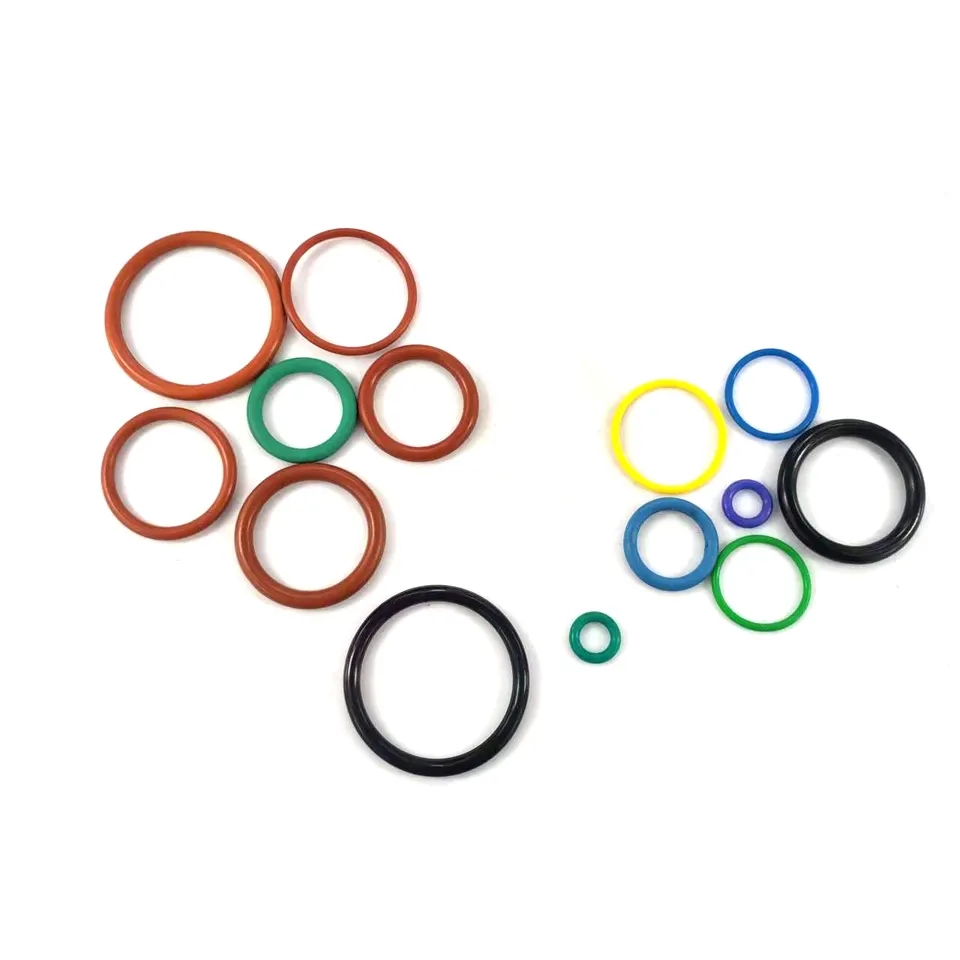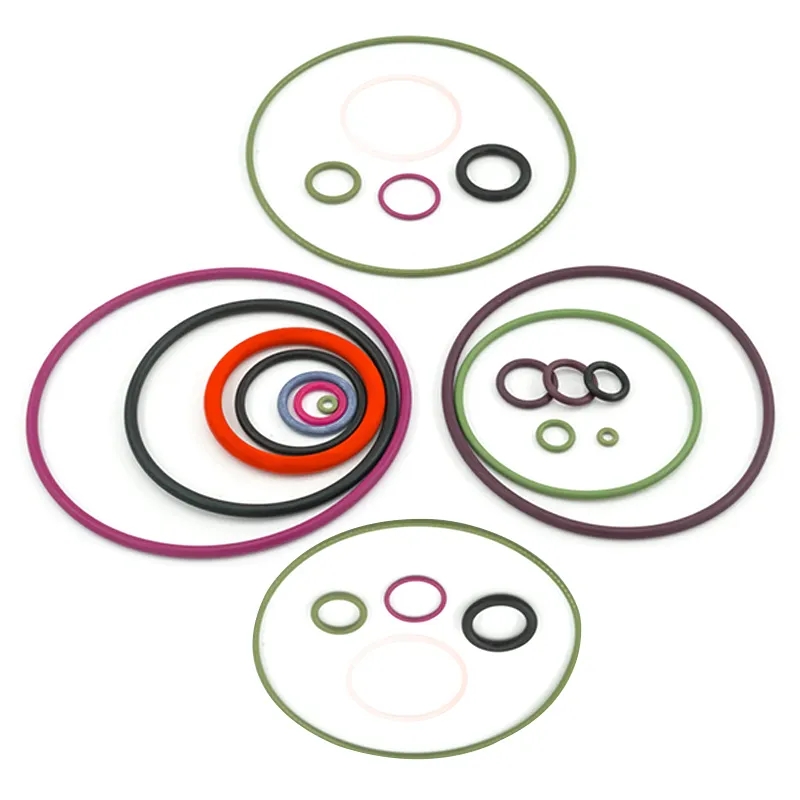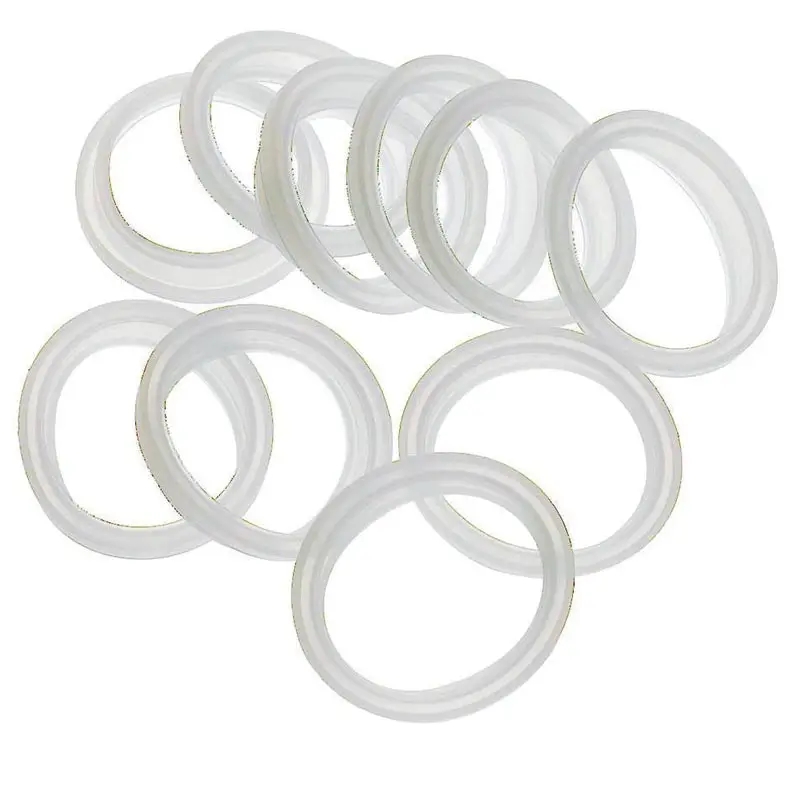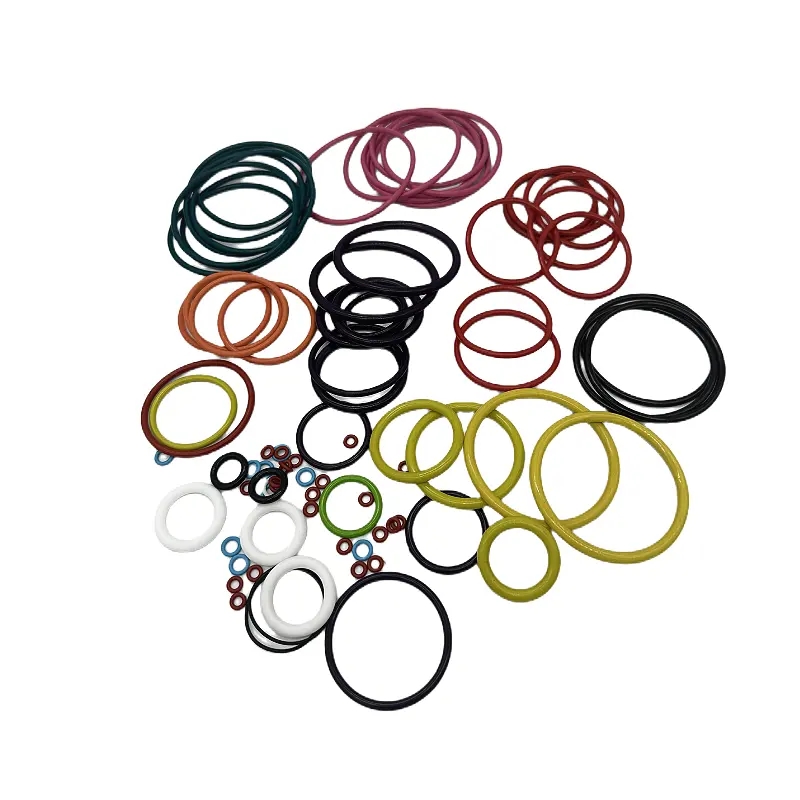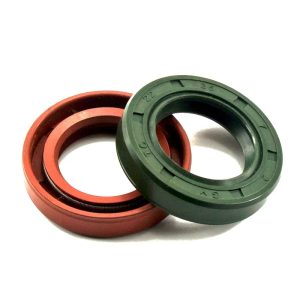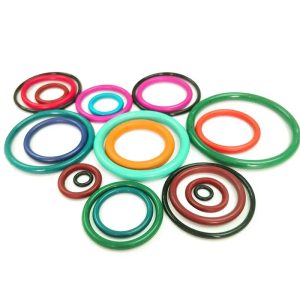Rubber O-Rings: The Unsung Saviors of Industrial Precision
Introduction: In the vast landscape of industrial machinery and engineering, there exists a quiet, yet indispensable, force – Rubber O-Rings. These small but crucial components silently act as the unsung saviors of leak-proof seals, preserving the integrity of machinery and equipment across a myriad of sectors. In this article, we will embark on a journey into the realm of Rubber O-Rings, uncovering their composition, their diverse applications, and the invaluable role they play in modern industrial processes.
Composition and Structure: Rubber O-Rings are primarily constructed from elastomeric materials such as nitrile, silicone, EPDM, and Viton. These materials are meticulously chosen for their ability to withstand extreme temperatures, resist various chemicals, and endure harsh environmental conditions. The O-Ring’s simple yet highly effective circular cross-section design is ideal for sealing applications. Furthermore, Rubber O-Rings can be customized into various sizes and shapes to cater to specific sealing requirements, showcasing their exceptional versatility and adaptability.
Versatile Applications:
Automotive Industry: Rubber O-Rings are integral to the automotive sector, sealing fluids and gases in engines, transmissions, and braking systems. Their steadfast performance under fluctuating temperatures and exposure to chemicals ensures the safety and efficiency of vehicles.
Aerospace Industry: In the aerospace sector, Rubber O-Rings play a pivotal role in hydraulic systems, engines, and fuel lines. Their ability to endure extreme conditions is vital for ensuring the safety and reliability of air travel.
Industrial Machinery: O-Rings are the backbone of industrial machinery, sealing hydraulic and pneumatic systems. This guarantees the smooth and efficient operation of manufacturing plants and factories.
Medical and Pharmaceutical Devices: The medical and pharmaceutical industries rely on Rubber O-Rings for sealing applications in equipment and devices. O-Rings’ biocompatibility and resistance to sterilization make them an undisputed choice for ensuring patient safety and process integrity.
Oil and Gas Exploration: In the oil and gas industry, O-Rings are instrumental in sealing valves, pumps, and drilling equipment, preventing leaks and safeguarding operations and the environment.
Key Benefits:
Effective Sealing: Rubber O-Rings are unparalleled in their sealing efficiency, adept at preventing leaks and contamination.
Resistance to Environmental Factors: They are capable of withstanding extreme temperatures, resisting harsh chemicals, and enduring challenging environmental conditions.
Durability: O-Rings exhibit an impressive service life, which ultimately reduces maintenance and replacement costs.
Cost-Efficiency: They offer a cost-effective sealing solution, adaptable to a wide array of industries.
Versatility: O-Rings are available in various materials and sizes, making them suitable for a diverse range of applications.
Conclusion: Despite their unassuming appearance, Rubber O-Rings are undeniably indispensable in modern engineering and manufacturing. They are the silent saviors, ensuring the reliability and safety of equipment and systems across various industries. Incorporating Rubber O-Rings into your projects can significantly enhance equipment performance and durability while safeguarding against leaks and contamination.
